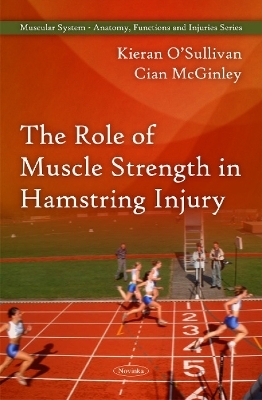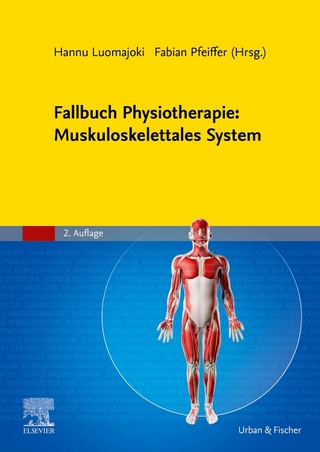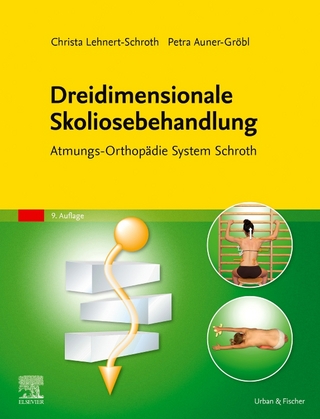
Role of Muscle Strength in Hamstring Injury
Seiten
2010
Nova Science Publishers Inc (Verlag)
978-1-61668-175-3 (ISBN)
Nova Science Publishers Inc (Verlag)
978-1-61668-175-3 (ISBN)
Hamstring injury is a multifactorial injury, with many suggested contributing factors, one of which is muscle weakness. This book discusses the role of muscle strength in the prevention and rehabilitation of hamstring injury, based on a review of the research evidence.
Hamstring injuries are very common in a variety of sports requiring repeated acceleration, deceleration, sprinting, or in kicking activities. Hamstring injuries account for a significant percentage of injuries per season among athletes in many different sports. This rate of injury is highlighted by the amount of competitive action or training time missed by players. A particular frustration with hamstring strain is the high recurrence rate, which is often associated with even longer absences from competition. In fact, even after returning to competitive action, athletes remain at a significantly increased risk of recurrence for the remainder of the season. Unfortunately, despite the frequency of the injury and considerable ongoing research, there is still much that is unknown about hamstring injury. Hamstring injury is a multifactorial injury, with many suggested contributing factors, one of which is muscle weakness. It is common practice for athletes to incorporate muscle strengthening into their exercise programmes to reduce the risk of hamstring injury. This book discusses the role of muscle strength in the prevention and rehabilitation of hamstring injury, based on a review of the current research evidence.
Hamstring injuries are very common in a variety of sports requiring repeated acceleration, deceleration, sprinting, or in kicking activities. Hamstring injuries account for a significant percentage of injuries per season among athletes in many different sports. This rate of injury is highlighted by the amount of competitive action or training time missed by players. A particular frustration with hamstring strain is the high recurrence rate, which is often associated with even longer absences from competition. In fact, even after returning to competitive action, athletes remain at a significantly increased risk of recurrence for the remainder of the season. Unfortunately, despite the frequency of the injury and considerable ongoing research, there is still much that is unknown about hamstring injury. Hamstring injury is a multifactorial injury, with many suggested contributing factors, one of which is muscle weakness. It is common practice for athletes to incorporate muscle strengthening into their exercise programmes to reduce the risk of hamstring injury. This book discusses the role of muscle strength in the prevention and rehabilitation of hamstring injury, based on a review of the current research evidence.
Introduction; Exercise-Induced Muscle Damage; Can Muscle Strength Testing Predict Future Hamstring Injury?; Are Changes in Muscle Strength Present in Those with Previous Hamstring Injury?; Does Strength Training Reduce Hamstring Injury Risk? 19; How Does Eccentric Strengthening Reduce the Risk of Injury?; Practical Training Considerations; Conclusion; Index.
| Erscheint lt. Verlag | 1.7.2010 |
|---|---|
| Zusatzinfo | Illustrations |
| Verlagsort | New York |
| Sprache | englisch |
| Maße | 230 x 155 mm |
| Gewicht | 162 g |
| Themenwelt | Medizin / Pharmazie ► Medizinische Fachgebiete ► Orthopädie |
| ISBN-10 | 1-61668-175-6 / 1616681756 |
| ISBN-13 | 978-1-61668-175-3 / 9781616681753 |
| Zustand | Neuware |
| Haben Sie eine Frage zum Produkt? |
Mehr entdecken
aus dem Bereich
aus dem Bereich
Buch | Softcover (2022)
Urban & Fischer in Elsevier (Verlag)
39,00 €
Atmungs-Orthopädie System Schroth
Buch | Hardcover (2021)
Urban & Fischer in Elsevier (Verlag)
72,00 €
Buch | Softcover (2022)
Trias (Verlag)
25,00 €


